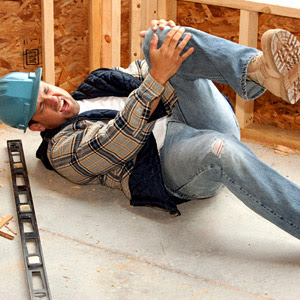Eye Protection Should Be Part of Your Onsite Medical Services Program. Prevent Blindness, a Chicago-based volunteer eye health and safety organization recently reported that 2,000 workers per day experience a job-related eye injury that requires medical attention. There are so many different type of eye injuries and they can come from so many different activities that preventive measures should be in place for protection.
- Spectacles – Semi/flat-folded sideshield. Provides primary protection against impact and optical radiation. Sideshield spectacles are recommended.
- Goggles – There are many different kinds of goggles that vary in appearance and protection.
- Face Shield – Plastic or mesh window. Designed to protect the whole face; must be supplemented with safety glasses.
- Welding Helmet – Stationary window or lift-front window. Protects from welding, soldering and brazing. Must be supplemented with safety glasses.
The NSC lists the following as top workplace eye injuries:
Chemical Splash
Flying Particles
Radiation Injuries, Burns
Blows to the Eyes
Eyestrain
Learn more about eye injury protection and construction onsite medical services at safesitemedical.com.

